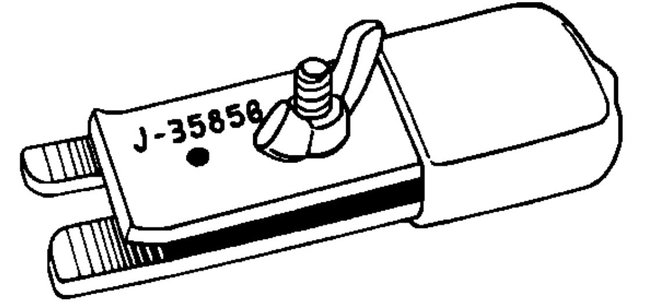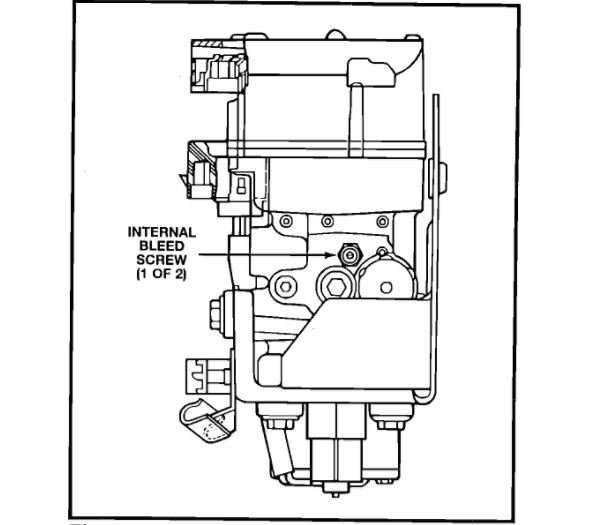Good morning.
There is a method to bleed if you do not have a scan tool. In order to bleed this system, you need a scan tool and a ABS system that has no codes and is active. Below is the procedure for this without using a scan tool. There are tools required which must be purchased. Then you can bleed the ABS unit.
Important:
This alternative method is not intended to replace the previous procedure. It is to be used if the Tech 1/T-100 is not available or the prior procedure is unsuccessful.
1. Make sure the ignition is off and deplete the brake booster by pumping the brake pedal several times.
2. Ensure that the master cylinder is full.
3. Install two bleed valve tools on the 4WAL EHCU at the high pressure accumulators (HPA).
4. Install one bleed valve tool on the combination valve. Do not over tighten the wing nut. Doing so will result in brake fluid leaking from the combination valve.
5. Back off the two internal bleed screws on each side of the EHCU 1/4 to 1/2 turn.
6. Use a conventional bleeding process (pressure, vacuum or manual).
7. Bleed the 4WAL modulator before bleeding the wheel cylinders.
8. Open the bleed valves at the front of the modulator one at a time for approximately ten seconds. Do not over tighten.
9. Always maintain a full master cylinder.
10. Bleed the right and left rear wheel cylinders.
11. Bleed the right front and left front wheel cylinders.
12. Remove the bleed valve depressors and tighten the side internal bleed screws. Do not over tighten.
13. Evaluate the brake pedal feel. If firm, continue with this procedure. If the pedal is soft or spongy, reinstall tools and rebleed the system, starting with step 1.
14. Perform three function tests using the manual test or the Tech 1 function test procedure.
15. Road test the vehicle, applying the brakes several times.
Images (Click to make bigger)
Sunday, January 7th, 2018 AT 4:59 AM





